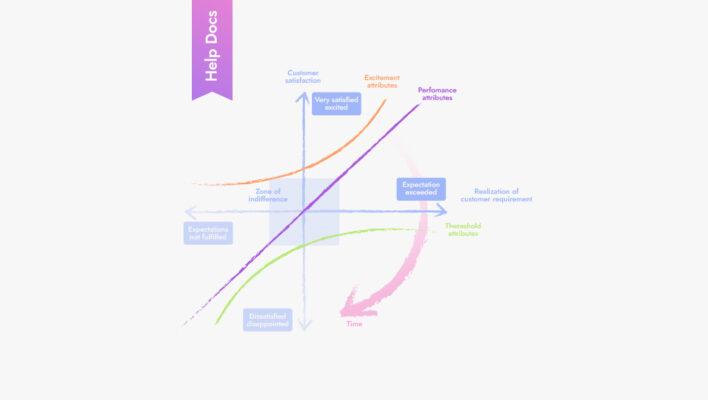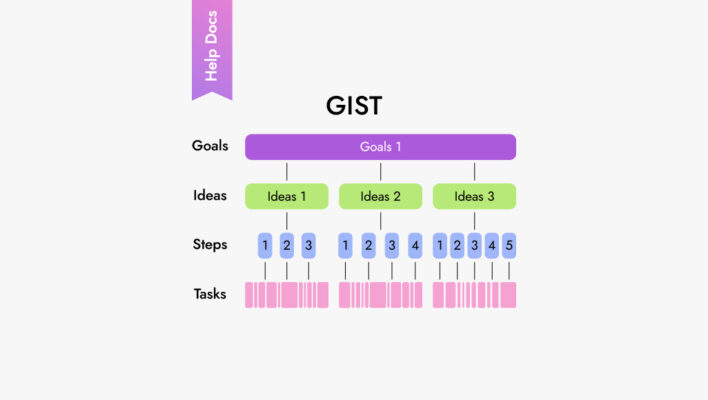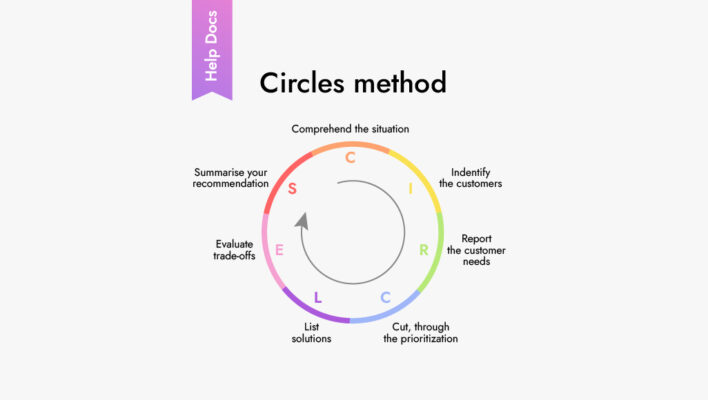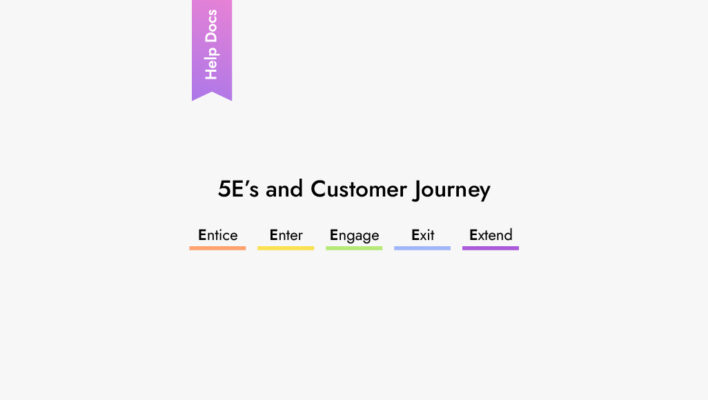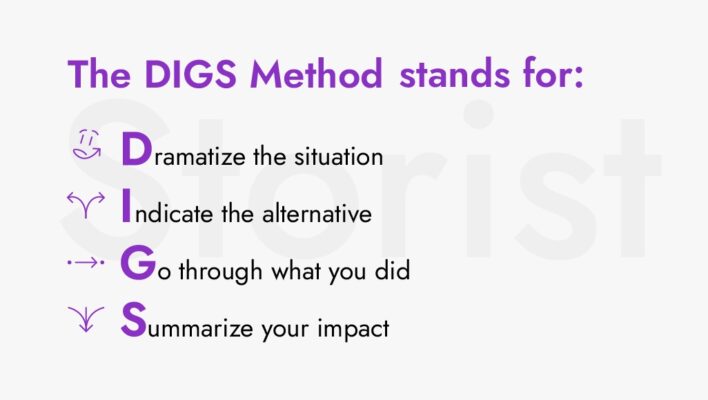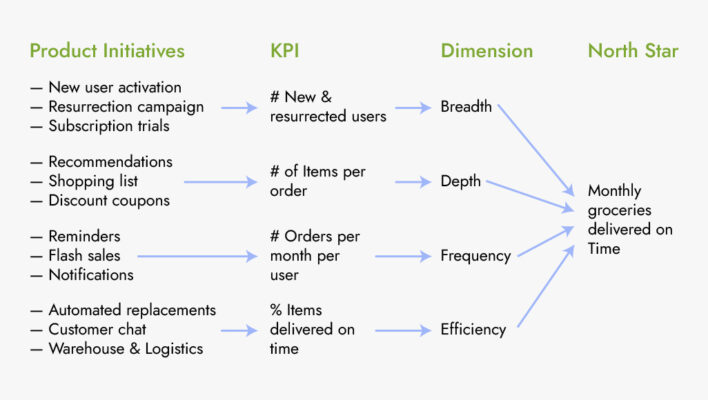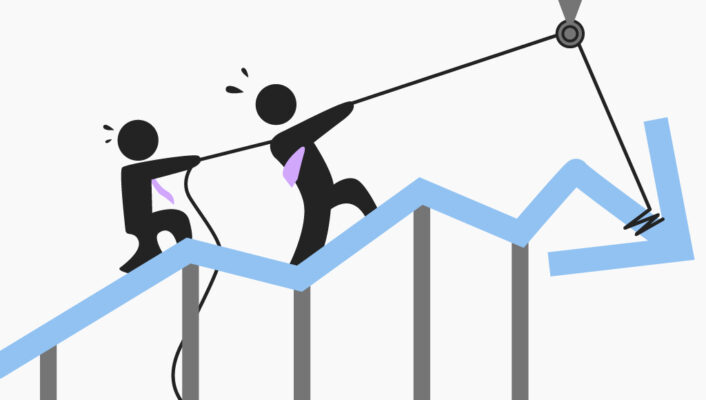A recipe for quick but smart thinking by Daniel Kahneman
In order to be successful in business, you have to be thinking and acting constantly. Sometimes, when the brain faces a new task, it starts the mechanism of intuitive thinking. If you have enough knowledge and experience, intuition will recognize the situation and offer a quick solution. It is a different story, when you have to choose the suppliers or come up with a strategy of developing your business. You need to consider several factors, think critically, assess prospects and use strategic thinking.
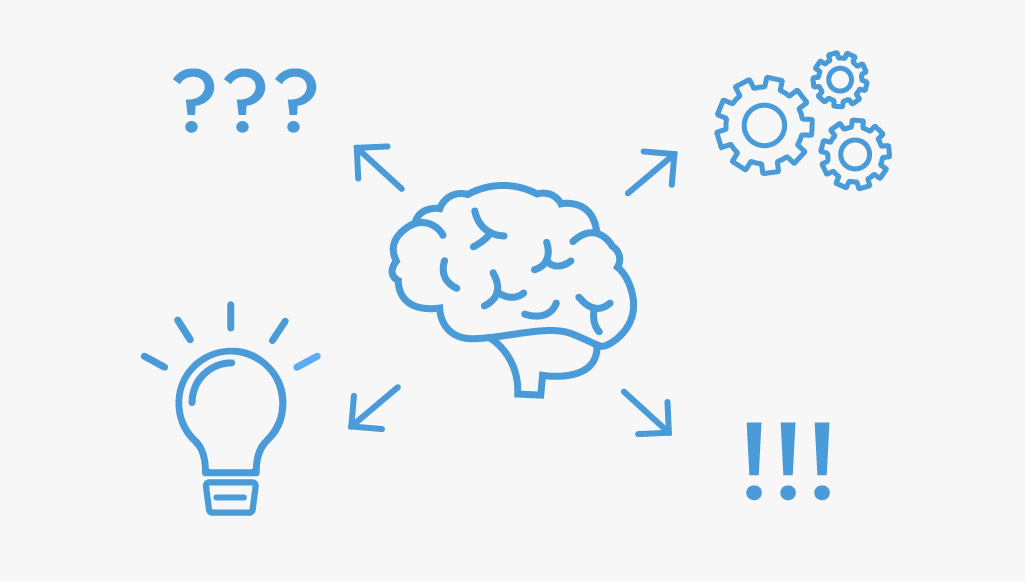
So what is behind our thinking process? How does a human brain work? Daniel Kahneman answers those questions in his book about the human mind “Thinking, fast and slow”. This is the bestseller with 2.6 million copies sold.
Professor Daniel Kahneman was the first psychologist to receive a Nobel prize in Economic Sciences for applying psychology in judgment and decision-making (also known as behavioral economics)
During many years of research along with Amos Tversky, they have proved that human actions are more likely to be defined by their silliness and irrationality rather than reason. Kahneman wrote a book “Thinking, fast and slow” based on this research, which became popular around the world.
What is the secret behind the book’s success?
Despite the fact that the topic is quite deep and complicated, the book is easy to read. Real-life examples help you to get familiar with all the details of a thinking process. You will learn why people are not as independent as it seems when it comes to making decisions, and why our brain can be easily tricked.
It is a must read for everyone, who is interested in brain function, cognitive psychology and self-development.
Daniel Kahneman describes in detail two systems of human thinking:
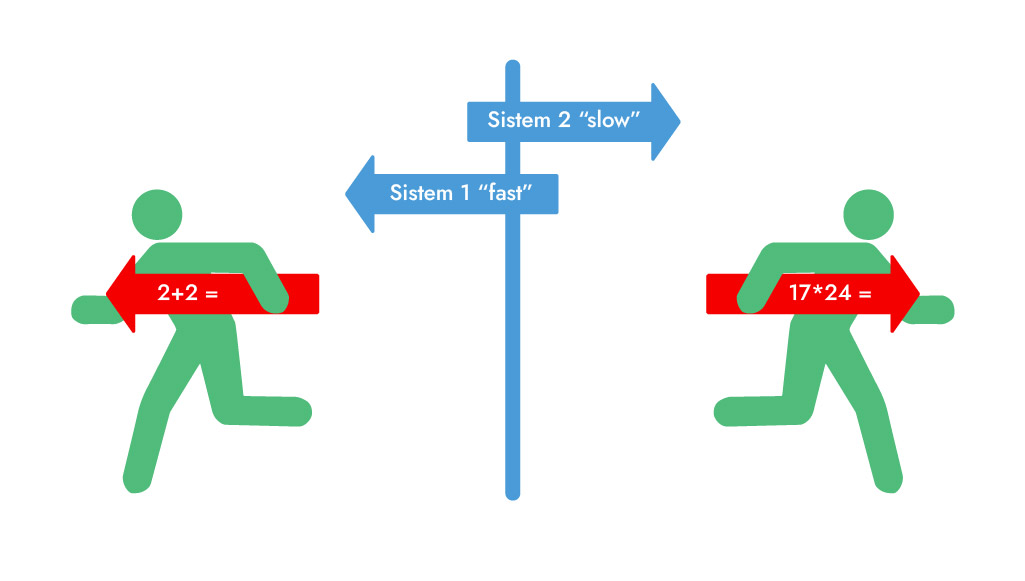
- System 1 or “Fast” is functioning on a biological level. It works when you feel danger: you make quick decisions and act instinctively, like you’re driving a car. System 1 makes decisions easy and on an intuitive level.
- System 2 or “Slow” comes to action when the situation requires control, contemplation and analyzing ability. For example, driving a car on ice or on a serpentine road activates the “Slow” System.
Do you want to know how System 1 and System 2 really work? Try to solve the task. Remember the first answer that comes to mind.
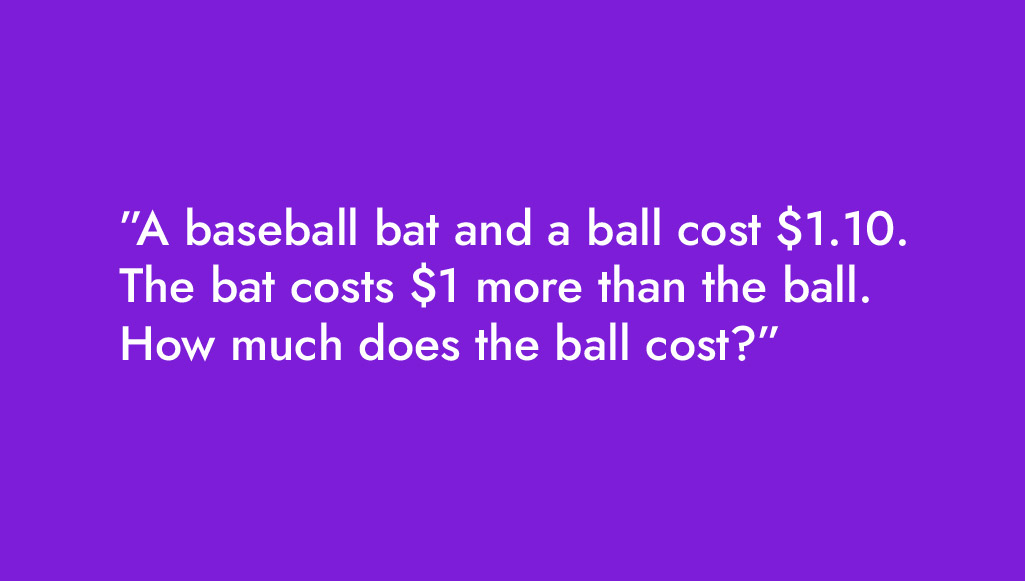
If your answer is $0.10, then sorry, you were tricked by System 1.
Now try again.
If you think more carefully, your answer will probably be $0.05. This one is correct. If the bat costs $1 more, it means the bat costs $1.05, which with the cost of the ball gives you a total of $1.10.
Most people fail to solve this task at the first time. Why?
Your brain works this way. It aims to process the information without spending much energy. Dividing tasks between the Systems is very effective. Most of the time it is all under control, because Fast System does its part well: it forms exact situation models, short-term forecasts, and quickly reacts to arising tasks.
When the Fast System faces difficulties, it reaches out to the Slow System. However, in several circumstances Fast System might fail to do so. If the brain does not assess the situation as “easy”, then it does not use the Slow System, which is eventually unlikely to lead you to good results. Daniel Kahneman calls those kinds of systematic thinking errors or deviations cognitive biases. They are based on stereotypes and prejudices and can be spotted while analyzing your “automatic” thoughts.
How to avoid cognitive traps? Know your enemy.

- Overconfidence. It leads to many mistakes. Although some successful people might be overconfident and overoptimistic, stats do not lie. Most people, who are overconfident, fail.
You are absolutely sure that your plan is perfect and you don’t even think about failure. But as soon as you admit being overconfident, you will be able to look at the situation from a different perspective and change the logic of your decision.
- Halo effect. We are inclined to judge a book by its cover, remembering that first impression. We therefore tend to assign certain features to an object, depending if we like it or not.
Some HR employees might fall into this trap by choosing the candidate, based on their first impression or on some distinctive personal features.
On the other hand, you can use this to your advantage. If the user liked the design of your website, its usability, and even some small detail about how you carry out your job, then there is a higher possibility that he will become your client.
- Planning mistakes. Before starting the job, Daniel Kahneman recommends not only to evaluate what you have to do, but also assume how much time it will take. Beware from falling into a mental trap: people can often wrongly estimate the time they need for a task, despite doing the same thing well for other people.
Reach out to your colleague to estimate the amount of time you need for a task, use the apps that help you control your time. Consider possible difficulties that may come up in the process and cause the delays.
- Loss aversion. It is based on the fact that people suffer from losses more than they enjoy equivalent profit. Kahneman suggests that unacceptable losses can be measured by counting up the minimal profit, which would balance out the minimal loss.
- “I knew it!” or Hindsight bias. It is the tendency to view events and facts, which already happened, as obvious and predictable, despite not having enough data for the forecast beforehand. If it seems that you have known the answer in advance, you are unlikely to analyze the results and really find out why it happened. At the end of the day, it will disrupt you from understanding the true nature of the event and won’t help you to make better forecasts in the future.
It is impossible to fully overcome the hindsight effect, but there are ways to deal with it. One of them is to look at several alternative explanations of the event and the openness to different points of view.

Understanding the difference between two Systems will let you avoid mistakes and use the Slow System in time. If you know how the brain works and how to overcome cognitive traps, you will understand yourself and other people better. If you know how the audience is thinking, it will be the key to success in negotiations and in promoting projects and ideas. You can learn not only how to feel the audience, but how to come all the way from forming the idea to its presentation with Storist interactive course “How to make others fall in love with your idea and acquire necessary support?”
Storist knows how to make the learning process exciting. Try now


